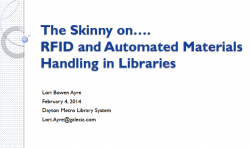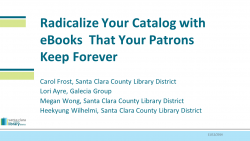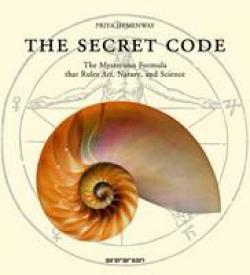Keys to Self Service Success
Presentation at CLA Conference on the keys to implementing self-service technologies. It's more than choosing a nice self-check machine. Here's what we came up with:
- Involve staff in redefining the patron experience and their new roles
- Make sure changes result in enhanced/new services
- Take needs of affected customers into account
- Keep initiative aligned with strategic goals
- Modify spaces, policies, and collection to support goals
- Support patrons with training and positive messaging
- Provide information throughout the library so customers have the information they need, when they need it
- Make it a happening! Be bold and colorful and have fun!



